Saint John the Baptist holds a unique and exalted position in both Orthodox and Catholic Christianity. Known as the Forerunner of Christ, Saint John the Baptist is revered as the prophet who prepared the way for Jesus and baptized Him in the River Jordan. His life, teachings, and martyrdom are celebrated with great solemnity, and his veneration is deeply embedded in the traditions, art, and relics of both Churches.
In both traditions, Saint John the Baptist is honored as a bridge between the Old and New Testaments. In the Orthodox Church, Saint John the Baptist is given the title Prodromos (Greek for "Forerunner"), emphasizing his role in announcing the coming of the Messiah. Similarly, the Catholic Church refers to Saint John the Baptist as the "greatest of prophets," recognizing his pivotal role in salvation history. Both Churches celebrate his nativity on June 24th and his beheading on August 29th, with solemn liturgies, prayers, and feasts.
Icons of Saint John the Baptist are prominent in Orthodox Christianity. Saint John the Baptist is typically depicted wearing a rough camel-hair garment, holding a scroll inscribed with the words "Repent, for the Kingdom of Heaven is at hand." In many icons, he also holds his severed head on a platter, symbolizing his martyrdom at the hands of King Herod. Orthodox iconography often portrays Saint John the Baptist with angelic wings, signifying his role as a divine messenger. In Catholic art, Saint John the Baptist is frequently shown in baptismal scenes with Christ, holding a staff with a cross and pointing towards the Lamb of God, symbolizing his prophetic recognition of Jesus.
Relics of Saint John the Baptist are among the most revered in Christianity. Saint John the Baptist's relics include fragments of his bones, his right hand (which, according to tradition, baptized Christ), and even his head. The relic of Saint John the Baptist's head has a complex history, with multiple sites, including the Umayyad Mosque in Damascus and the Cathedral of Amiens in France, claiming to possess it. These relics have been venerated for centuries, drawing pilgrims seeking spiritual blessings and miracles.
In both Orthodoxy and Catholicism, the veneration of Saint John the Baptist serves as a powerful reminder of repentance, humility, and courage in faith. Through sacred icons and holy relics, the faithful are drawn closer to his example of selfless dedication to God. Despite some differences in liturgical expression and iconographic styles, both traditions unite in their profound respect and love for the Forerunner of Christ, who continues to inspire Christians across the world.




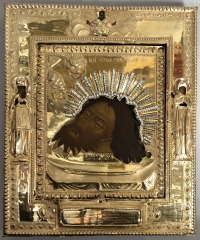


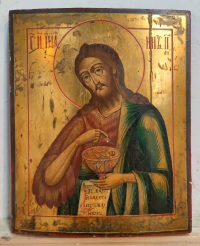

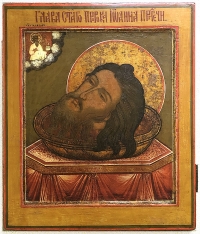
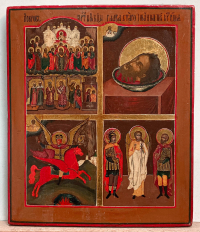
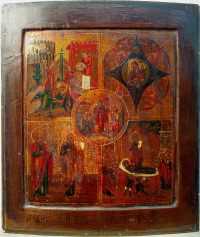
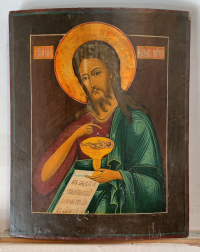
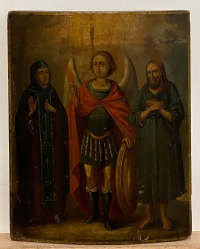
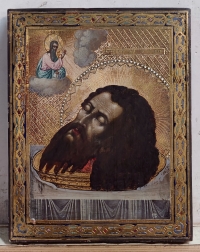
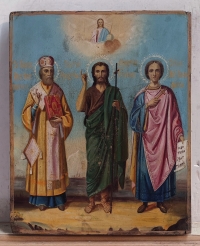
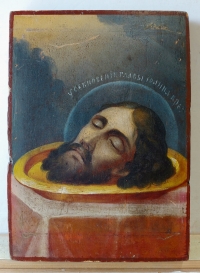
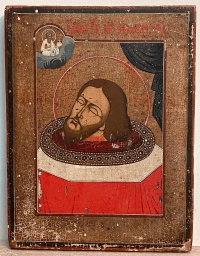
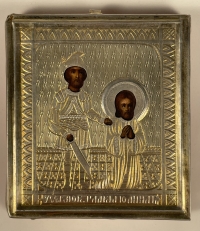


 Поменять язык на русский
Поменять язык на русский 